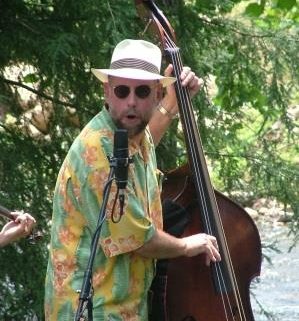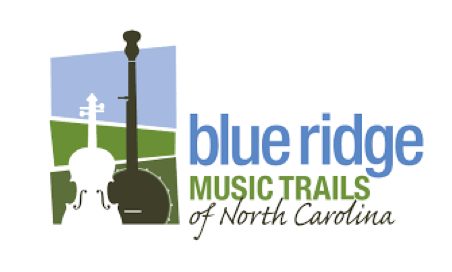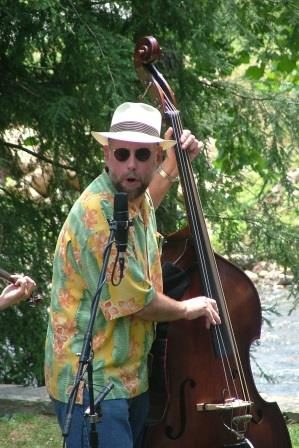
Bass
Ted White
By plucking (or, very occasionally, bowing) the strings, the bass player provides a sonic undergirding to a band’s sound. In a performance setting he or she might also have other duties. In many early bluegrass bands, for example, the bass player was also a comedian. Today bass players often emcee, carrying the stage patter while the other musicians retune the instruments with strings that are more numerous and/or more temperamental. Ted White of Asheville’s Whitewater Bluegrass Company even calls square dance sets while playing his bass.
White is an example of the excellent bass players in North Carolina’s Blue Ridge Mountains. Others you are likely to see in concerts and at festivals include:
- Boyd Black, who has been playing bass for Buncombe County’s Stoney Creek Boys for more than forty years.
- Tim Surrett, a bluegrass and Southern gospel artist who plays bass with Haywood County’s award-winning band Balsam Range.
- John Shuffler of Valdese, who played and recorded with the Stanley Brothers, and is a member of the Bluegrass Hall of Fame.
- Longtime Madison County resident Hilary Dirlam, an old-time and mountain swing musician who played in both the Carroll Best Band and the Luke Smathers Band.
The artists named above all play the upright string bass. There are also some great bass guitar players in this area: for example, Lenoir blues musician Clyde Ferguson, Jr., Ryan Harris of the Harris Brothers, and Hunter Welch of the Welch Family Singers.






